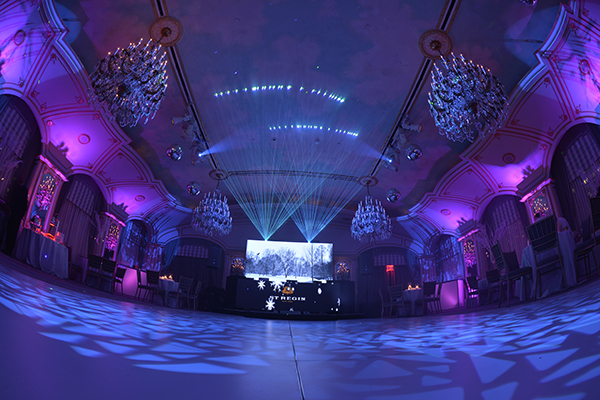Transforming Spectator Engagement Via Immersive Virtual Reality Experiences in Real-time Productions
Transforming Spectator Engagement Via Immersive Virtual Reality Experiences in Real-time Productions
Blog Article
In the past times, virtual reality has become a powerful tool for boosting audience engagement in real-time performances. This technology allows viewers to submerge oneself in a 3D environment, crafting a unique encounter that conventional media cannot replicate. Through utilizing VR, creators can transport audiences into the heart of the performance, causing them sense as if they are part of the performance. This groundbreaking approach not just enchants viewers but also opens up new opportunities for narrative and interaction.
One of the primary advantages of employing VR in live productions is the ability to forge a greater interactive encounter. Viewers can interact with the performance in real-time, shaping the result or discovering different viewpoints. For example, in a theater production, audiences wearing VR goggles can choose to follow specific characters or segments, enabling them to customize their encounter. This degree of interactivity fosters a deeper connection between the audience and the show, making it more memorable and significant.
Additionally, VR tools can improve the sight and sound aspects of a real-time performance. With top-notch visuals and audio engineering, creators can build stunning environments that draw viewers in. This immersive characteristic can raise the complete encounter, rendering it more engaging and enjoyable. For instance, a concert can be transformed into a multi-sensory experience, where fans feel as if they are on stage with the performers. Such improvements not only attract bigger audiences but also encourage repeat attendance, as viewers seek to re-experience the Recommended Site thrill.
Alongside enhancing audience engagement, VR can also provide valuable insights for producers. By analyzing how viewers interact with the virtual setting, producers can collect information on viewer preferences and behaviors. This data can guide upcoming performances, assisting to customize material to more effectively meet the demands and wants of the audience. As a result, VR not only enriches the current experience but also contributes to the development of real-time productions as a whole.
As the advancements progressing to evolve, the possibilities for VR in real-time performances is vast. From theater and concerts to sports competitions and celebrations, the possibilities are limitless. Through adopting this cutting-edge method, creators can revolutionize the way audiences experience live performances. With an increasing number of producers explore the integration of VR, it is likely that we will see a shift in how shows are crafted and delivered, ultimately leading to a greater immersive and participatory prospect for real-time productions.